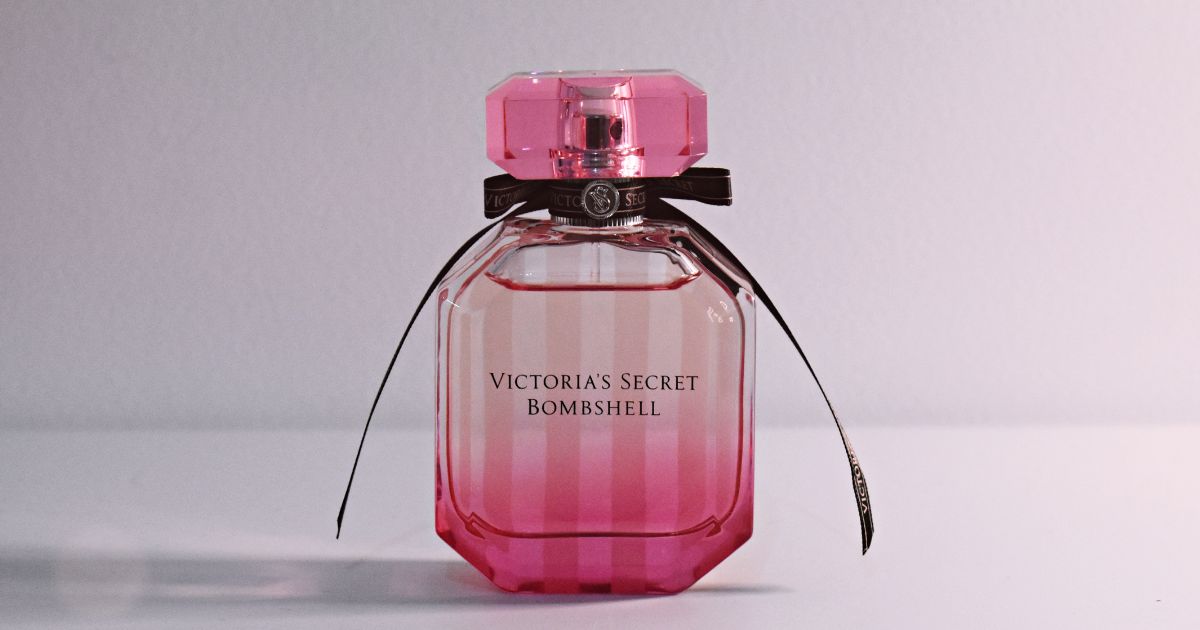The history, customs, and deep respect for natural components are all deeply ingrained in the Arabic fragrance industry. Using the best ingredients, like oudh, rose, amber, and exotic spices, great perfumers in the Middle East have been creating luxurious scents for generations. Emotions, memories, and cultural heritage are captured in every drop of each mix, which tells a tale. Over time, the process of producing these opulent fragrances has changed, fusing traditional artistry with contemporary methods to provide fragrance lovers worldwide with a more individualized and engaging experience.
The Essence of Perfume Mixology
Creating a truly memorable fragrance requires more than simply mixing oils together. This is where the concept of perfume mixology comes into play. At its core, perfume mixology is the delicate art and science of combining various fragrance notes to produce a balanced, harmonious scent. Unlike mass-produced perfumes, mixology allows for creative exploration, giving you the ability to craft a signature scent that is uniquely your own.
Knowing how base, middle, and top notes relate to one another is essential to becoming an expert in perfume mixology. The scent’s base notes, which include oudh, sandalwood, and amber, give it depth and durability. Top notes like citrus, mint, or spices provide an initial burst of freshness, while middle notes—often flowers like rose or jasmine—create richness and complexity. Patience, accuracy, and intuition are necessary to balance these factors.
When blending Arabic oils, the process becomes even more intricate. Oudh, a prized ingredient in Arabic perfumery, has a deep, earthy, and woody aroma that can dominate a blend if not balanced properly. To counter this intensity, perfumers incorporate floral accords like rose or orange blossom to add softness and sweetness. Amber, musk, and resins are then layered in to create a smooth, lingering finish. By experimenting with these elements, fragrance lovers can develop scents that are as bold, mysterious, or soothing as they desire.
Mastering the Art of Blending
While anyone can experiment with mixing oils, true mastery comes from understanding how to layer and balance the various elements. The process begins with selecting a base note, which acts as the “anchor” for the entire composition. For Arabic fragrances, oudh is often the preferred choice due to its powerful, long-lasting presence. Once the base is set, middle notes are introduced to create warmth and texture. Florals like rose, jasmine, or ylang-ylang are popular choices that add richness and softness to the blend.

Next, the top notes are added. These are the most volatile elements, providing the first impression of the scent. Citrus oils like bergamot or zesty lemon work well in this role, as do spicy accents like black pepper or cardamom. Top notes typically evaporate within 15-30 minutes, giving way to the heart and base notes, which linger on the skin for hours. The art of blending involves carefully adjusting the ratio of each element to achieve a smooth, balanced evolution of scent from start to finish.
Patience is essential in this process. After blending, it’s important to let the mixture rest for several days or even weeks. This “maturation period” allows the oils to meld, creating a more unified and refined fragrance. During this time, subtle shifts in aroma can occur as the notes fully integrate. Testing the fragrance on the skin is crucial, as body chemistry can alter how a scent develops. What smells bold and spicy in the bottle may become soft and sweet on the skin, or vice versa. By observing these changes, you can make adjustments to achieve the desired outcome. For more insights and premium fragrances, visit PARFUM.AE.
The Journey Toward a Signature Scent
For many, the ultimate goal of perfume mixology is to create a signature scent—one that embodies personal style and leaves a lasting impression. While mass-market perfumes offer convenience, they lack the intimacy and uniqueness of a hand-blended creation. By mastering the art of fragrance blending with Arabic oils and accords, you can craft a scent that reflects your individuality, telling a personal story with every spritz.

Arabic perfumery has always been about storytelling. Each scent captures moments, emotions, and experiences, much like a piece of art. By tapping into the wisdom of traditional methods and embracing the creativity of modern mixology, you can create a one-of-a-kind fragrance that’s distinctly yours. The world of Arabic oils is rich with possibilities, and with patience, practice, and high-quality ingredients, anyone can become a master of perfume mixology.
